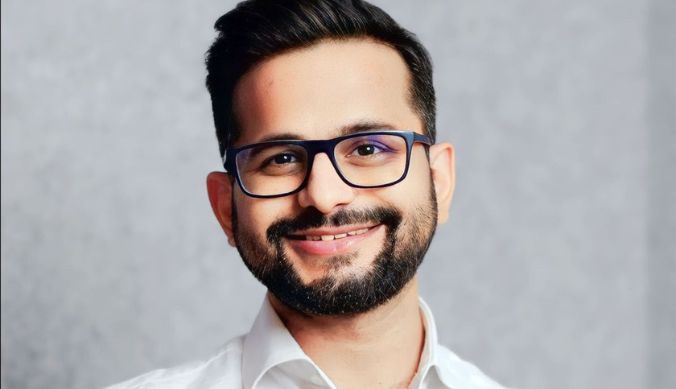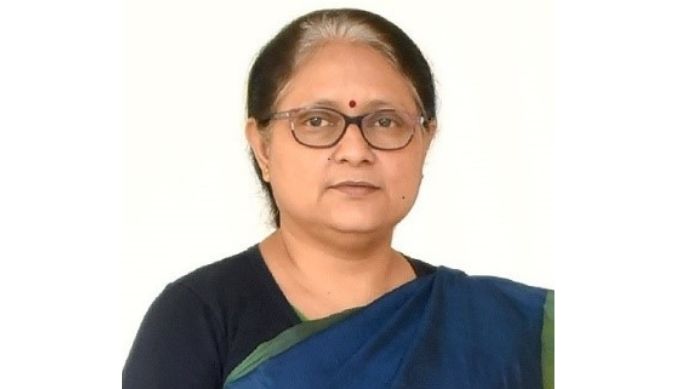Ashoka’s Research Quest | Connected Histories and Geographies: Understanding the Himalayan Region and the Border Communities
Swargajyoti Gohain talks about her work in the Himalayan region, the border communities and the regional and transnational connections formed through this.

Office of PR & Communications
10 March, 2021 | 4m read“I identify myself as a historical anthropologist,” said Swargajyoti Gohain, the Head of the Department, and Assistant Professor, Sociology and Anthropology, at Ashoka University. Her research uses ethnographic and historical methods to understand border communities, migration and diaspora, state-making, cultural politics, development, infrastructure, environment, and education among Tibetan Buddhist communities in the Himalayan region.
In this research, she walks us through the Himalayan region and its importance, and how different border conflicts like the Sino-Indian war of 1962 and geopolitics impact the communities and their lives, often their livelihood as well. She also focuses on the regional and transnational connections formed through this.
The Himalayan mountain ranges spread across Pakistan, China, Bhutan, Nepal, and India; and the Indian Himalayan Region spans Arunachal Pradesh, Sikkim, North Bengal, Himachal Pradesh, Uttarakhand, Jammu, Kashmir and Ladakh and parts of several states in Northeast India.
The region as a field of inquiry has been conceptualised in different ways by different researchers from various disciplines. In postcolonial India, the dominant theoretical framework through which the Himalayas were featured for several years was International Relations and Politics, given the background of the Sino-Indian war of 1962.
What is her interest in researching the Himalayan region and the need for such a research in the region? Swargajyoti said, “I think as anthropologists, historians or social scientists we can bring out the connected histories and connected geographies of the Himalayas and its communities and that is one of my main motivations to continue my research in the Himalayas.”
Often it has been seen that while studying the Himalayas as a frontier or the nation states that were formed from the various Himalayan region, the people who live in the border areas get overlooked.
“My point of entry was that the border communities and their predicament and how as anthropologists we may, through fieldwork, gain better understanding of the people who live in the border areas. And that has been my motivation in continuing Himalayan studies. I feel that there is much to be learnt from doing research among the border communities in the Himalayas,” said Gohain.
Also, now-a-days, it is very difficult to think about the Himalayas as isolated places. Gohain continued, “There is a tendency to think about the Himalayas as remote areas, a place which is only for tourism, adventure sports or for people to discover their inner spirituality. That has mostly been the portrayal of the region in popular culture and imagination. But what this kind of portrayal does is to basically blank out all those connections, Transhimalaya trade, pilgrimage, the cross-border lives, livelihood and friendships.”
Many recent works, including her own, have attempted to understand the Himalayas as a cross-border space that needs to be studied through the framework of border studies, that is, by looking at both sides of the border or as a space shaped by regional and transnational connections.
Research in the Himalayan region has been for a long time inhibited by connectivity issues and geopolitical factors. Some areas have been more conducive than others for long-term research but with improved access through new roads and transport infrastructure as well as the gradual opening up of the border regions in the last couple of decades, many researchers are now increasingly drawn to the Indian Himalayan region as a field of historical, political, anthropological and environmental inquiry.
How can we understand the Himalayas through the approach of connected histories and geographies?
Gohain said, “The Indian Himalayas are home to many border communities that have histories of connection with Tibet, China and Central Asia. Once upon a time, they were thriving thoroughfares of trade, commerce, kinship, and cultural exchange, which later became, as anthropologist and geographer Tina Harris (2013) puts it, ‘geographical blind spots’, or places that that have reduced importance and are removed from national and global attention, largely as a fall-out of the India-China border conflict, and the round-the-year military surveillance. The Himalayas house many communities who practiced trans-border transhumance and trade, and lost their former mobility and livelihoods as a result of the border conflict. Cultural connections were also disrupted for the same reason.
In 2020, Gohain published the book Imagined Geographies in the Indo-Tibetan Borderlands: Culture, Politics, Place on the same research which is an ethnography of culture and politics in Monyul, a Tibetan Buddhist cultural region in west Arunachal Pradesh, Northeast India. This book focuses on new alliances that are taking shape in the Himalayas among different Tibetan Buddhist communities.
Swargajyoti Gohain has a Ph.D. in Anthropology from Emory University, the US. She has held postdoctoral positions in the International Institute for Asian Studies, Leiden, Netherlands, and the Institute of Economic Growth, Delhi. Before joining Ashoka University, she was an Assistant Professor in the Department of Humanities and Social Sciences, Indian Institute of Technology Kanpur. She has been the recipient of Wenner-Gren Dissertation Fieldwork Grant, German Academic Exchange Service (DAAD), Charles Wallace India Trust award, Sir Ratan Tata Fellowship, and Junior Research Fellowship (JRF).
She has fieldwork experience in Northeast India and the Himalayan region and is particularly interested in cross-border movements, connections between local practices and global ideas, and political and social change. Her work adopts an interdisciplinary approach in analysis, even while remaining grounded in the disciplines of sociology and anthropology. Know more about her here.
About Ashoka’s Research Quest
Ashoka’s Research Quest campaign showcases the in-depth research that Ashoka University offers. This will be a recurring affair. Get an insight into various subjects through a detailed conversation with the faculty. So, let’s talk about research!











